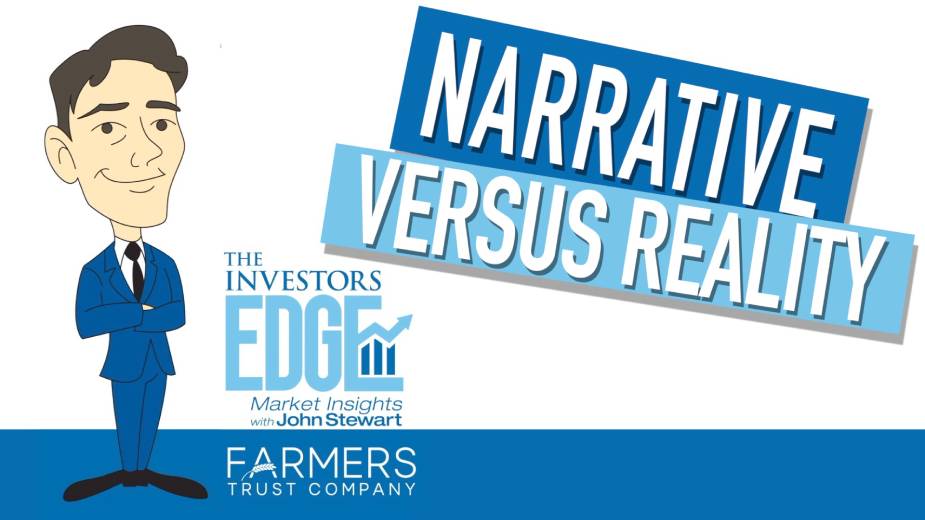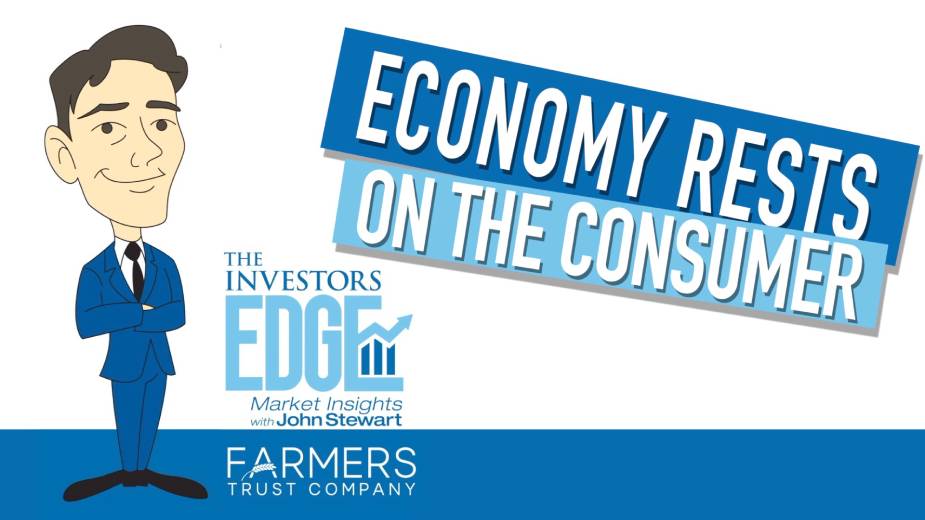Understand Your Time Horizon | Investors Edge 9-10-21
By John Stewart, chief investment officer at Farmers Trust Co.
CANFIELD, Ohio — Time horizon is probably the most important factor in making investment decisions – that’s because the nature of the volatility of one’s portfolio works to an investor’s advantage over the long run, but can be devastating over short-term time frames.
If you’re planning to make a down payment on a home in the next year, that money should be invested extremely conservatively – most likely in cash or money market funds. If you’re 100% invested in the stock market and your need for funds coincides with a big market decline – think March of last year when the market dropped more than 30% in roughly one month – you could be faced with being forced to sell at an inopportune time, locking in substantial losses and no ability to recover when the market rebounds.
Alternatively, if you’re planning for retirement 20 years from now, you should worry very little about market volatility – in fact, you might welcome it as an opportunity to add to your investments when markets go on sale. The higher rates of return offered by more volatile investments will help you beat inflation and reach your financial goals. Playing it too conservatively could result in the purchasing power of your savings being eroded by inflation over time.
Segmenting your financial picture into buckets based on time horizon will help you choose appropriate investment vehicles to meet your needs while ensuring you stick to your plan when markets get bumpy.
Week in Review: Markets Wobble as Investors Weigh Risks
Stocks have been on a tremendous run over the course of the past 18 months; there’s no denying that. In fact, the lack of volatility has been nothing short of amazing – the S&P hasn’t had a 5% pull back all year – something only two other calendar years can claim – 1995 and 2017.
The broadest measure of U.S. stocks did drop about 1% this past week – not really a big deal – however, investors seem to be starting to consider the various risk factors facing them and wondering if this is as good as it gets?
The ongoing pandemic, inflationary pressures, the potential for less stimulus from the Federal Reserve – that’s the tapering you may have heard about, cuts to the economic growth outlook by some Wall Street economists, and tax increases currently being debated in Washington are just a few of the risks that investors are weighing.
The good news continues to be that corporate earnings have been extremely strong, and earnings growth forecasts for the coming quarters are relatively modest. This sets the stage for more upward revisions and more upside surprises on earnings, which is likely to keep this bull market running a while longer – even if we see a bit of near-term volatility.
Looking Ahead: Deluge of Economic Data
There will be a plethora of economic data for investors to parse through this coming week.
The consumer price index, or CPI, for August will probably be one of the most anticipated data points given the attention being placed on inflationary pressures and its implications for the gradual withdrawal of Fed monetary stimulus.
Other reports to be released next week include NFIB small business optimism index, August industrial production and capacity utilization, August retail sales, and the University of Michigan consumer sentiment index.
Several of these reports have the potential to move markets based on their implications for the direction of economic growth and corporate earnings as well as the direction of Fed policy – Stay tuned!
Copyright 2024 The Business Journal, Youngstown, Ohio.


